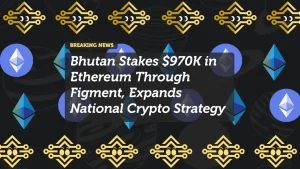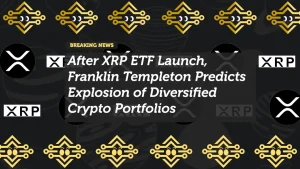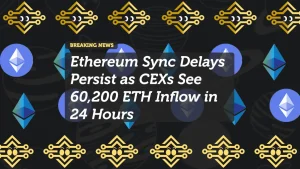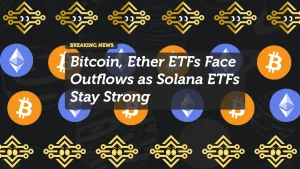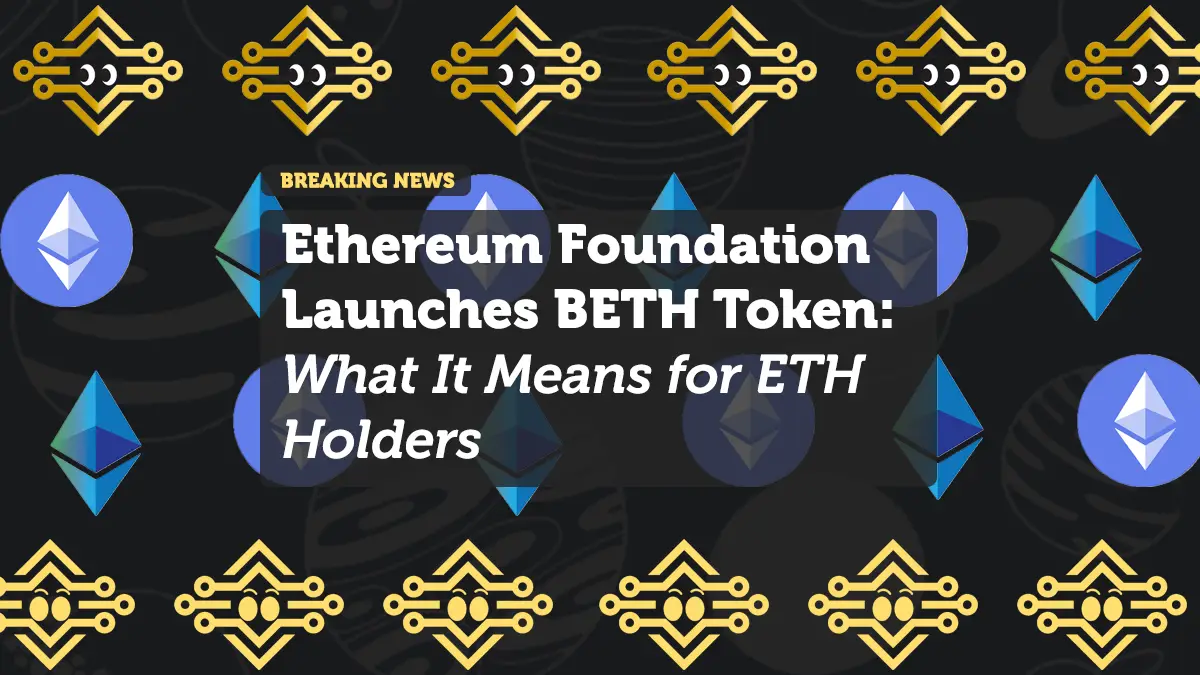
Ethereum Foundation Launches BETH Token: What It Means for ETH Holders
The Ethereum Foundation has raised eyebrows by unveiling BETH (Burned ETH Token), a novel asset designed to capture the value of ETH permanently removed from circulation. After months of silence, this surprise development marks one of the most ambitious experiments in Ethereum’s history.
But what exactly is the Ethereum Foundation BETH token, and why does it matter right now?
What Is BETH and How Does It Work?
According to early documentation, BETH functions as a synthetic representation of burned ETH. Every time Ethereum’s transaction fees are burned under the EIP-1559 model, a corresponding amount of BETH is issued to a designated smart contract.
Key features of BETH:
- 1:1 tracking of burned ETH — each BETH token reflects ETH permanently destroyed.
- Non-circulating supply — BETH isn’t minted for trading but acts as a “ledger of scarcity.”
- Potential for governance and staking — discussions are underway on whether BETH can be staked for rewards or used in DeFi protocols.
Why Introduce BETH Now?
Ethereum is in a period of major momentum. ETH recently surged above $4,600, while derivatives volumes hit record highs. The Foundation’s move to introduce BETH appears aimed at reinforcing Ethereum’s store-of-value narrative and strengthening its economic design.
By making the burn mechanism more visible, BETH highlights Ethereum’s deflationary tendencies. Investors can now quantify scarcity in a tokenized format, which may attract institutions looking for transparent monetary systems.
Impact on ETH Holders and the Market
So, how might BETH affect Ethereum’s market dynamics?
- Boosting ETH’s scarcity appeal: By tokenizing the burn process, Ethereum can more directly market itself as a “digital reserve asset.”
- New DeFi integrations: BETH could soon appear in staking pools or as collateral, creating new yield opportunities.
- Speculative hype: Traders may interpret BETH as another bullish lever for ETH, driving fresh momentum toward the long-discussed $5,000 milestone.
However, skeptics caution that introducing synthetic tokens may add complexity and confusion for retail users who already struggle with Ethereum’s layered ecosystem.
Community and Developer Reactions
The launch of the Ethereum Foundation BETH token has already sparked heated debate:
- Bulls: See BETH as a brilliant innovation that makes Ethereum’s deflation more tangible.
- Bears: Argue it’s unnecessary token bloat and could dilute Ethereum’s simplicity.
On social media, some developers hinted that BETH may also play a role in Ethereum’s governance future, potentially giving stakeholders new ways to influence protocol-level changes.
BETH in the Bigger Picture
This announcement comes at a time when the crypto industry is shifting rapidly:
- Bitcoin ETFs are pulling institutional money into BTC.
- Solana continues to break records with transaction throughput.
- XRP ETF proposals are gaining traction in Washington.
Ethereum’s BETH move ensures it stays at the center of innovation while reminding investors why ETH is more than just another smart contract platform.
Final Thoughts
The Ethereum Foundation BETH token is more than just another asset—it’s a narrative weapon. By tokenizing ETH’s deflation, Ethereum strengthens its position as a credible digital store of value. Whether this experiment becomes a lasting feature or just a symbolic gesture, one thing is certain: BETH has put Ethereum back in the spotlight.
For investors, the coming weeks will reveal whether this development is just hype or a genuine value driver.











